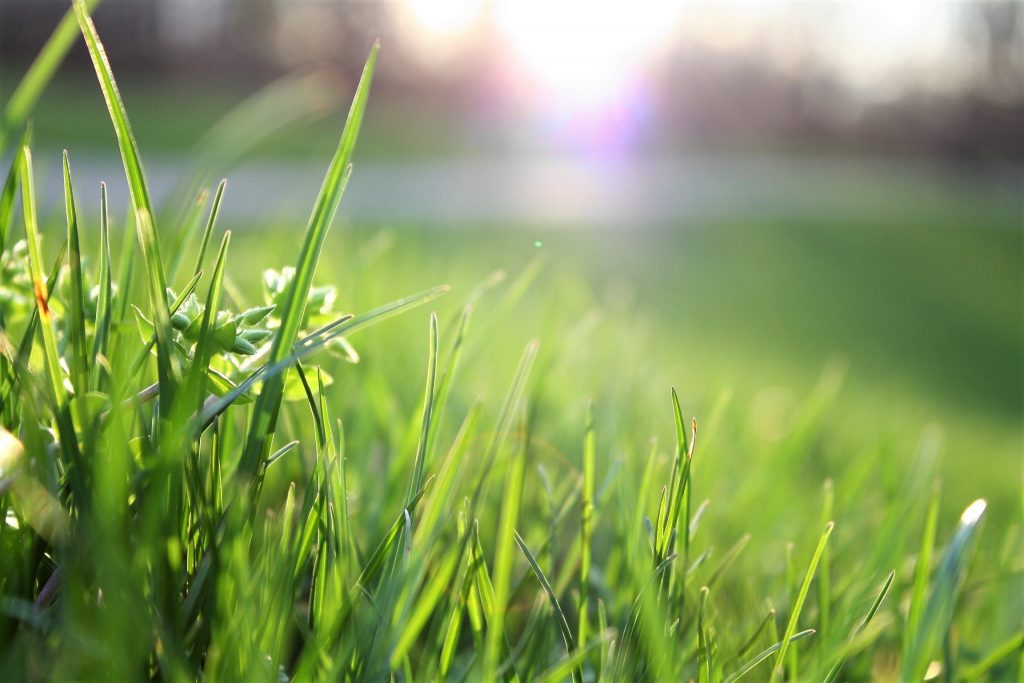Most people today think grass is grass. That is not true at all. Sowing just any old bag of seed you find at your local garden center won’t do it. If you plan to have a beautiful healthy weed free lawn, season after season, then you have to plant the right grass for your area.
There are two categories of grass: Cool and Hot season grass. Cool season grasses grow best between 60 -75 degrees Fahrenheit. Hot season grasses are just the opposite. They thrive in 80-95 degrees Fahrenheit. One thing to notice is that the warmer grasses will lose that beautiful green color as soon as it becomes cool where the cooler grasses will keep that bright green color into the first of winter.
So, before you run out and buy up all the seed at your local garden center, make sure you know what region you live in. There are 5 relative zones that you must be aware of before you plant anything. Below you can look through the different zones and determine your place and what grass would grow best.
ZONE 1: Northeast (COLD, COLD, COLD) – Kentucky bluegrass, Fescue, Ryegrass
ZONE 2: South ( HOT, HIGH HUMIDITY) – Bermuda, Zoysia grass, Centipede grass, and St. Augustine grass
ZONE 3: Midwest ( DRY, HOT) – Kentucky bluegrass, Fescue, Buffalo grass
ZONE 4: SouthWest (HOT, COOL, LOW HUMIDITY) – Bermuda grass in lower elevation, Kentucky bluegrass, Fescue.
ZONE 5: Northwest ( COLD, COLD, COLD) – Kentucky bluegrass, Fescue, and Ryegrass
Be aware of the Transition Zone! This is an area that neither grass category grows very well. This includes parts of the Southwest and Midwest. If you live in the transition zone then you might have a little more trouble growing that lovely lush lawn than those in other areas. The reason for this is the inconsistency of weather patterns. Due to the fact that none of the grasses mentioned above adapt very well to this change they can’t become thick quick enough before weeds take over. The best solution is to plant a grass that can tolerate cool and warm conditions. A grass that can tolerate cool warm conditions would be Zoysia or Kentucky bluegrass.
Do a little research to see what grass would best fit your needs and your lawn. Always take into account the amount of sun and shade your lawn receives throughout the day before deciding what grass is best.



